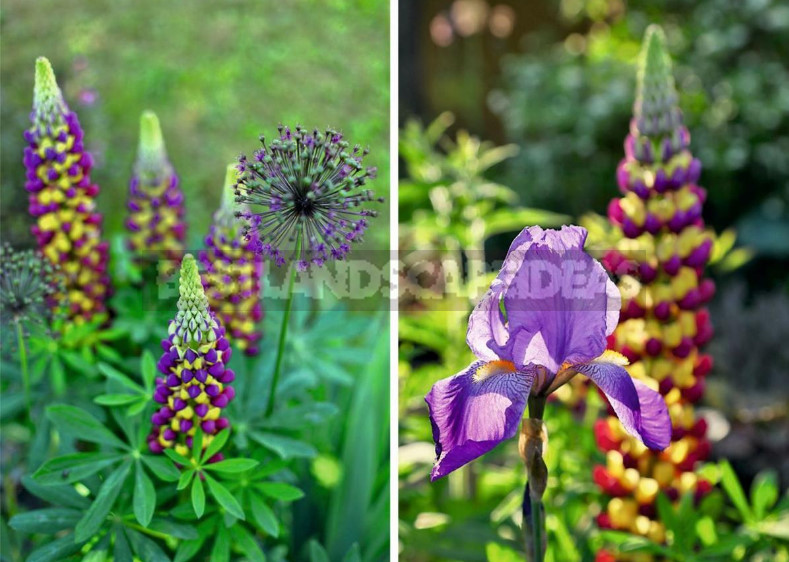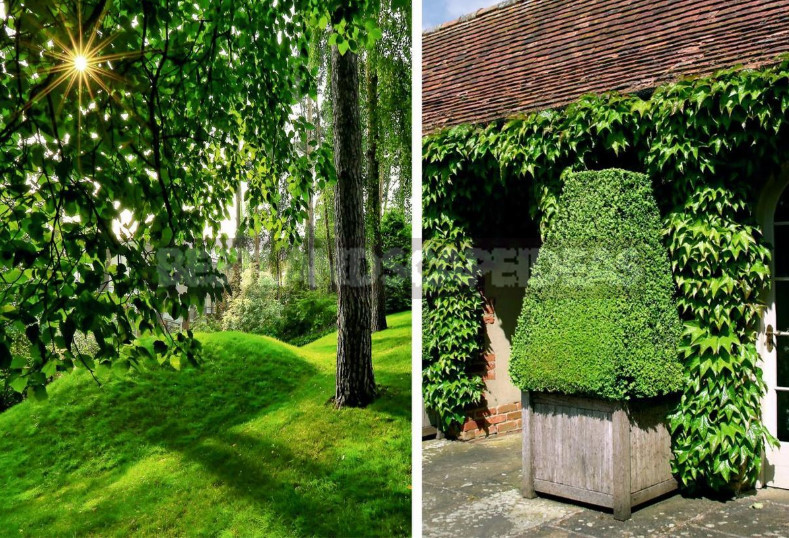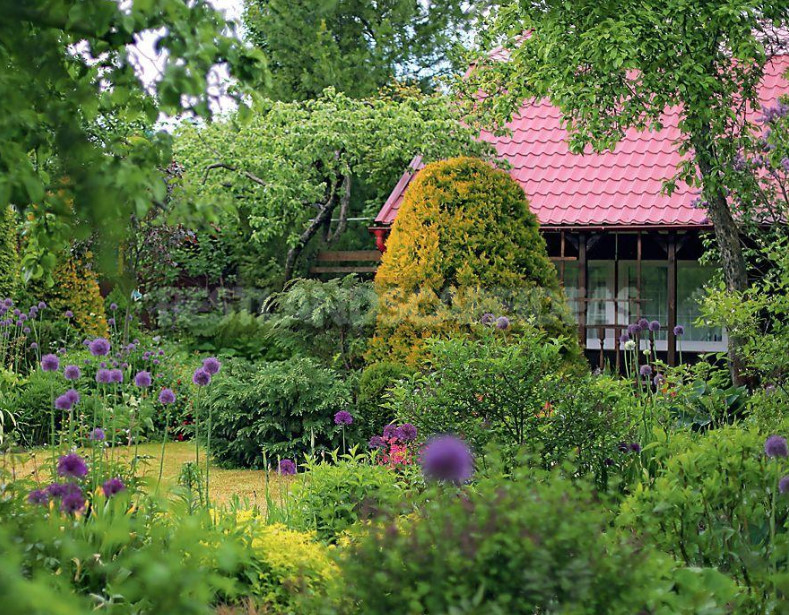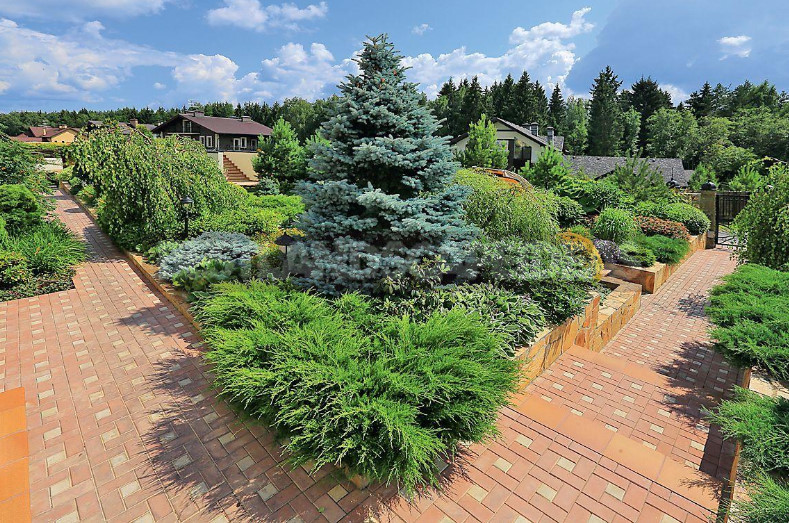
When shooting country landscapes, as well as in other genres of photography, the main thing to pay attention to is the light. It is no accident that the word “photography “can be translated as”light painting”.
The main, and often the only source of light in the open air — the sun, the intensity of its radiation can vary greatly depending on the weather, latitude and time of day.
For the most spectacular shots of garden and park landscapes, as well as individual plants, it is usually recommended to choose the morning and evening hours. At that time:
- the light is not as bright as during the day;
- the rigidity of the rays is extinguished by the large thickness of the atmospheric air through which they pass;
- the color temperature changes towards warmer tones.
The soft illumination of the low sun highlights the terrain, reveals the texture of the objects, and creates beautiful, long shadows.
At noon it is more difficult to make expressive pictures, when the sun is high, the lighting is sharp, contrasting, and the shadows are very dense. But this does not mean that you can not take pictures. First, in the northern latitudes, even in the summer months, the height of the sun above the horizon is not so great, in addition, a sophisticated photographer will find a way to make an interesting shot in such conditions. For example, on a bright sunny day, you can shoot wonderful portraits of plants in the shade, under the canopy of plantations or in the open air, using commercially available light diffusers as an umbrella, or just a large piece of dense non-woven material that is always found in the gardener’s farm.
When shooting garden landscapes on a sunny day, the direction of the light is very important. The least interesting flat images are obtained in front light (when the sun is behind the photographer). Outbuildings, vegetable plantings, taken in this way, will lose volume and seem expressionless. The shadows cast by the objects in the frame are hidden behind them and do not reveal their shape. It is much more profitable to use a side or diagonal light (the sun from behind the shoulder), which shows the relief and texture of objects well.
Spectacular images can be obtained , taken in oncoming light. Targeting bright areas in the frame usually removes silhouettes. And when shooting plants at the lumen of the foliage or flower petals literally glow from the inside.

Tip: when shooting against the sun, try to build a picture so that it does not fall into the frame, but is hidden behind the branches or trunk of a tree. Otherwise, there are often spots of illumination on the image, they usually spoil the frame, but sometimes they can create a special “sunny” mood. Do not be afraid to experiment during photo shoots, it is possible that you will find your own methods of interacting with sunlight.

In cloudy weather, landscape images are less expressive, but portraits of plants are often successful, because diffused, low-contrast light allows you to identify the smallest details and texture of the object in the picture.

For many aspiring photographers, it is recommended to photograph the garden in a slightly diffused light, when the sun is covered with delicate cirrus clouds, and the objects cast light, blurred shadows.

If you are shooting a portrait of a plant or a close-up, for example, a section of a flower garden, then the shaded areas in the picture can be illuminated with a special reflector or even just using a piece of paper, redirecting the reflected rays of the sun into the shadow. You can also use the built-in or external flash to illuminate dense shadows. However, its power must be controlled so as not to obscure the foreground of the photographed scene.




Leave a Reply